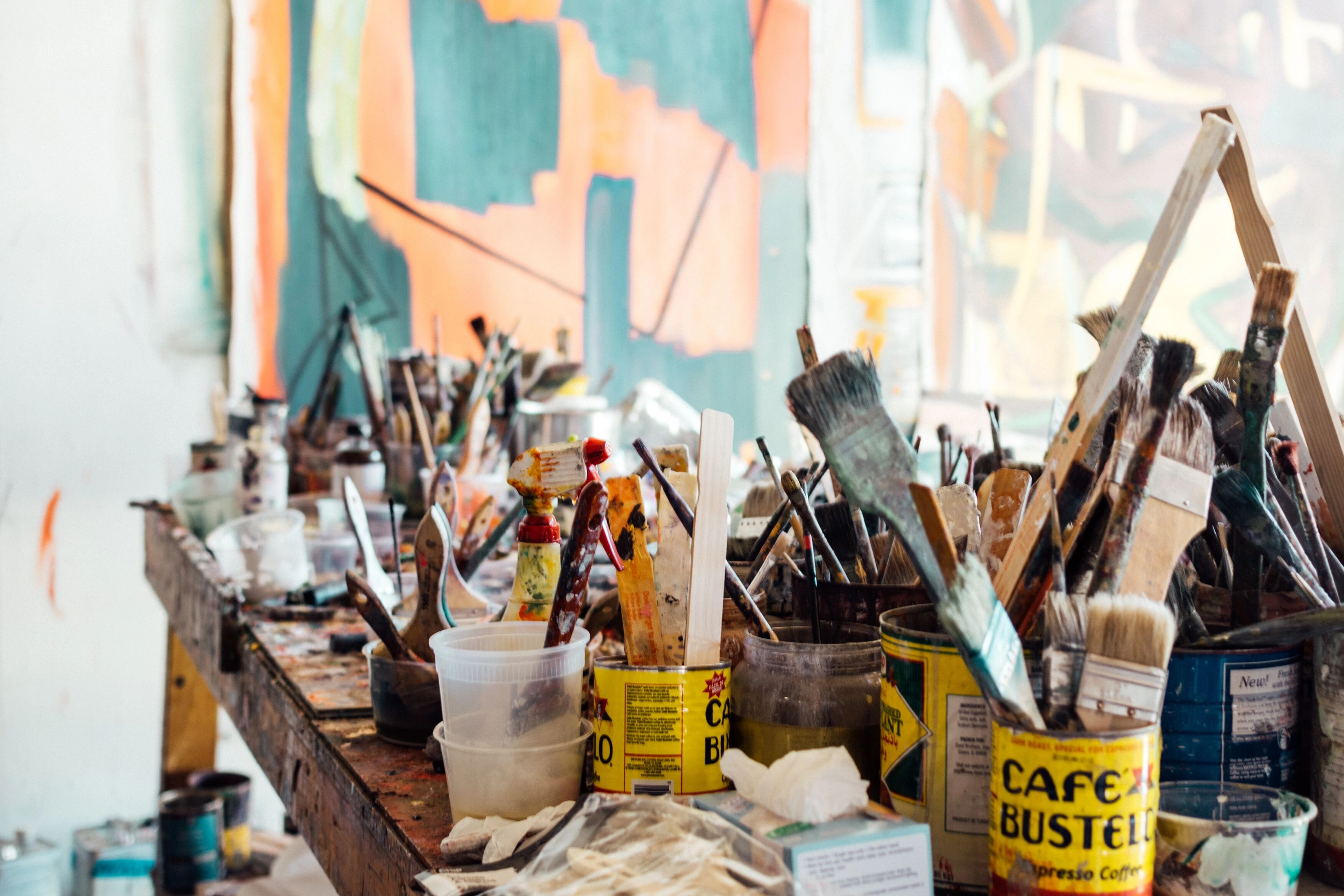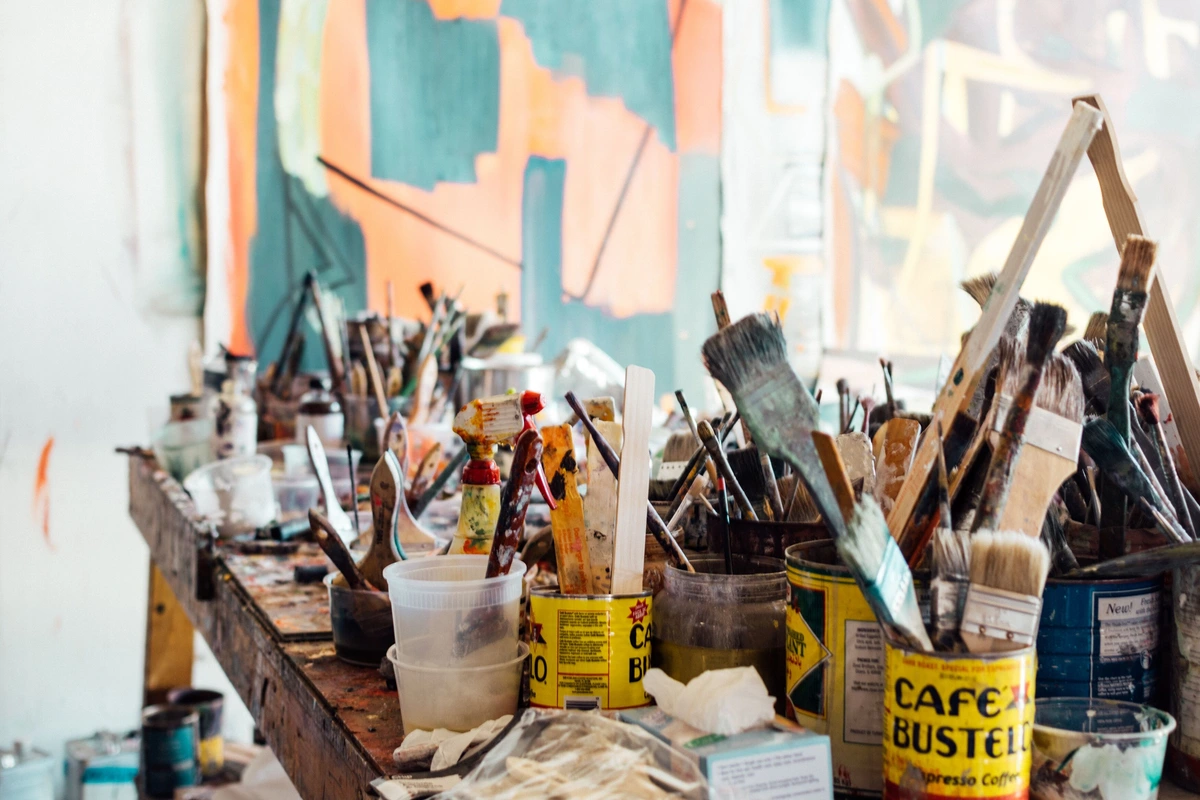
Crafting Your Narrative: How to Write an Effective Artist Bio
Struggling with your artist bio? I've been there! This guide shares my personal insights and practical tips for writing an engaging, authentic artist bio that truly connects with your audience and stands out.






